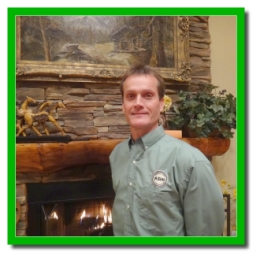Quick guide to winterization of you home
Key Home Inspections
“Winterization of Your Home”
Dear Client,
I hope all is well with you and your family. We are writing to share with you some tips on how to winterize your home especially for those who leave the White Mountains during the winter months or for extended periods of time. Please recognize that the following steps are generalized as each house has a specific winterization process. So use this list as a general rule of thumb for the winterization of your home. We recommend that for the first time you winterize you have a plumber come to your home so that you can follow him and record all the steps that he does in the winterization process. Then you can do the process for yourself!
General Winterization Steps
1. If you have an electric water heater, shut off the electric water heater’s breaker at the main electrical panel first thing. We have found many water heaters with burned out elements due to leaving the breaker on with no water in the tank! For gas water heaters, make sure the unit is shut down at the control box and the red emergency gas shut valve is turned off at the unit.
2. Turn off the water supply to the home at your homeowner’s shut of valve which is usually located next to the city side’s main shut off. Use our report to remind you where yours is. It is located in the Plumbing Section of the report.
3. Open all water faucets, showers and tubs in the home to relieve water pressure. Flush all toilets until no water is left inside the tank.
4. If you have “Winterization Bibs” open these valves to drain the water pipes. Some of these bibs are located on the foundation wall or within the crawl space. Our report located these bibs for you and is specified in the Plumbing Section. If the bibs are in the crawl space or within the home itself, use a hose to drain the water away from the foundation. If your home is on a slab foundation then this will require the plumbing system to be “Blown-out” with an air compressor.
5. Empty the water heater’s tank by attaching a hose to the drain valve and running it to the exterior. Flushing your water heater every year will also help the water heater to perform better. We recommend that you consider plumbing the drain valve to the exterior for ease of service.
6. Pour RV antifreeze in the toilets, dishwasher, laundry, sink, bathtubs and shower drain traps to keep them from freezing.
7. After all water is drained out of the plumbing systems, close all faucets (check the laundry faucets as well), remove the hoses from the water heater and the winterization bibs and close all valves.
If you have any questions about this process, please feel free to call Key Home Inspections for advice and/or a referral to a specialist who can assist you further. Again we thank you for your referrals for any friends or family who need a home inspection!

